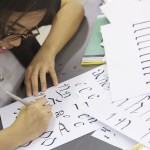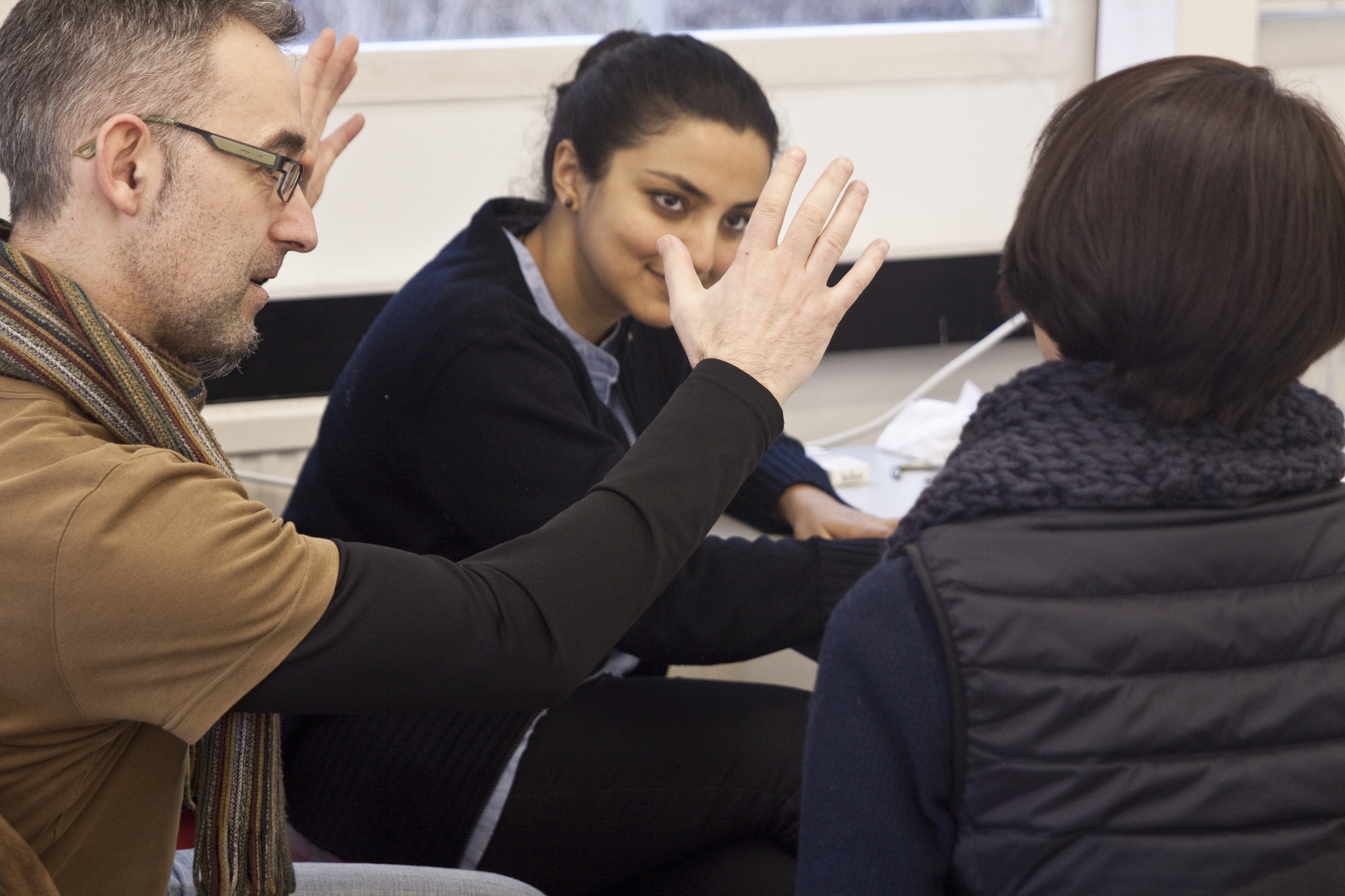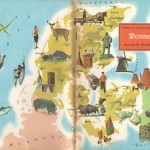Designing type is an exercise in parallel thinking. On one level, it’s about coming up with interesting ways to inject each letter with some visual interest and simultaneously respond to the brief chosen. But on another level, it’s about ‘designing the design’, as we’ve seen before. What is it about the letters that hangs them all together? How can a set of ideas be applied consistently and logically so that it can be called a design rather than just a set of shapes? The answer to that is one reason why to me, designing a text face is so sublime: it’s necessarily about eliminating everything that doesn’t gel with everything else, refining and reducing the idea behind it to its clearest, most elegant expression. Continue reading ▸




